How to increase the contrast on the Mac screen
Over the past few years, Apple has modernized the macOS interface by increasing transparency, flattening elements and adding whitespace. If you find the new interface difficult to use, try increasing the contrast.
'Increase Contrast' is one of the many useful features in macOS. It makes it easier for users with low vision to read computer screens, but anyone can use this feature to make the interface easier to read.
Once enabled, every UI element (whether it's just a text box or button) has a distinctly black border around it. This makes it easier to locate a node and know where one part of the application ends, as well as where another begins.
You can enable this feature from the macOS System Preferences . Click the Apple button from the menu bar and then select System Preferences.
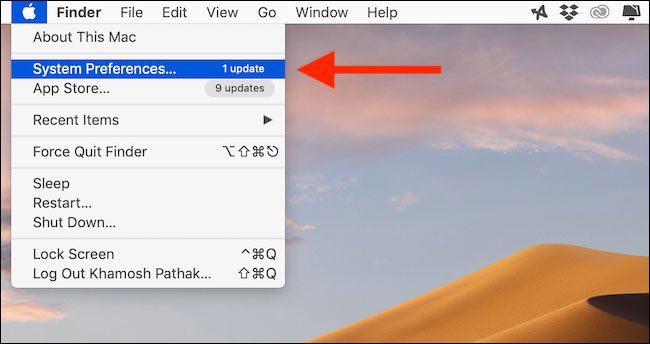 How to increase the contrast on the Mac screen Picture 1
How to increase the contrast on the Mac screen Picture 1
Next, click on the 'Accessibility' button .
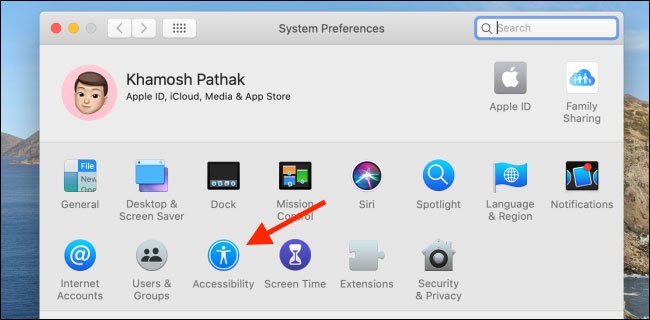 How to increase the contrast on the Mac screen Picture 2
How to increase the contrast on the Mac screen Picture 2
From the left sidebar, select the 'Display' option.
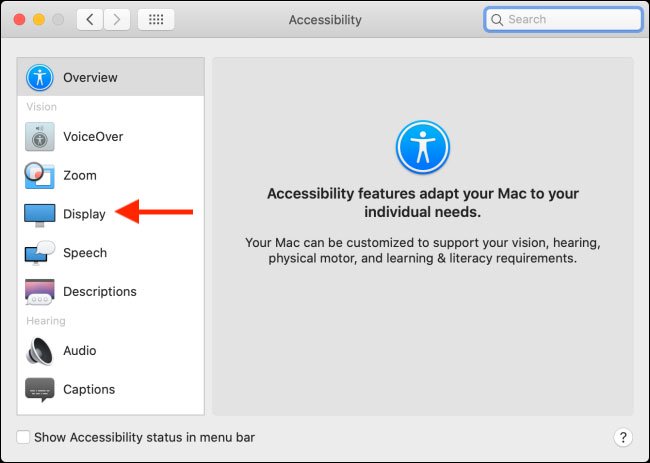 How to increase the contrast on the Mac screen Picture 3
How to increase the contrast on the Mac screen Picture 3
Here, click the checkmark next to 'Increase Contrast'.
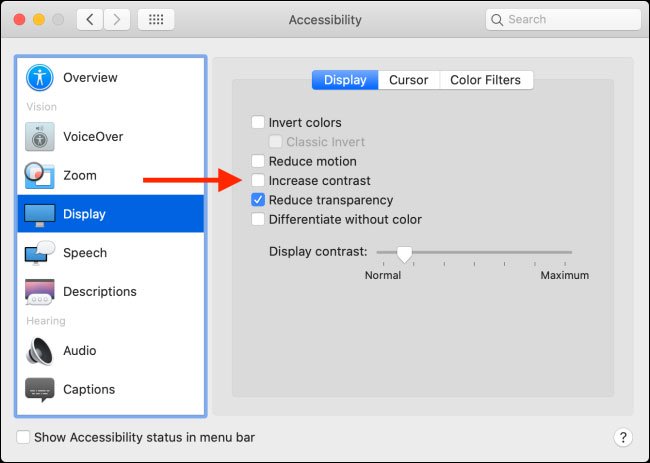 How to increase the contrast on the Mac screen Picture 4
How to increase the contrast on the Mac screen Picture 4
Now you will see that the whole UI has borders around every element and, as an added benefit, the transparency effect is gone. When you enable the 'Increase Contrast' feature, macOS also automatically activates the 'Reduce Transparency' option.
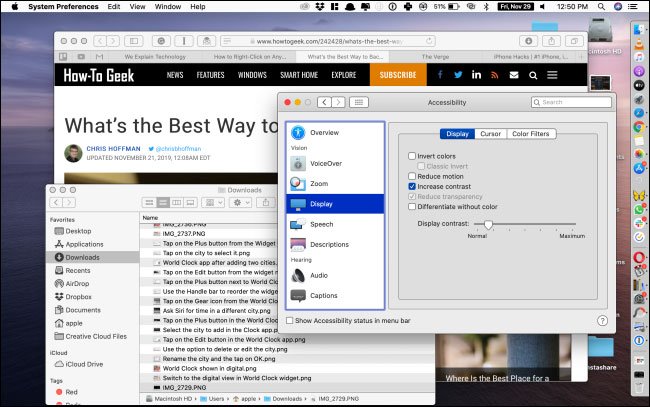 How to increase the contrast on the Mac screen Picture 5
How to increase the contrast on the Mac screen Picture 5
When you want to turn this feature off, go back to Display in Accessibility and click the checkmark next to the 'Increase Contrast' option.
Hope you are succesful.
See more:
- How to adjust screen brightness from Terminal in macOS
- How to turn on macOS screen using QuickTime
You should read it
- What is contrast?
- These software change the brightness, contrast the most effective computer screen
- Use shading and contrast in photography
- How to adjust high contrast mode on Windows
- How to Reduce Computer Eye Strain by Switching to High Contrast (Windows 7)
- Create contrast in Photoshop
- Tips for using contrast in Photoshop
- Why is the Oppo Find X2 screen getting DisplayMate rated A +, the highest level today?
- Experience choosing to buy the best computer monitor
- Samples of curved screens, the best 3D projection screens for families
- Instead of OLED or Micro-LED, why did Apple choose a Mini-LED for the new iPad Pro and MacBook Pro displays?
- 11 eye protection tips when using the phone






 What is contrast?
What is contrast? The simplest way to turn on and off High Contrast on Windows 10
The simplest way to turn on and off High Contrast on Windows 10 These software change the brightness, contrast the most effective computer screen
These software change the brightness, contrast the most effective computer screen How to adjust high contrast mode on Windows
How to adjust high contrast mode on Windows Create contrast in Photoshop
Create contrast in Photoshop Use shading and contrast in photography
Use shading and contrast in photography